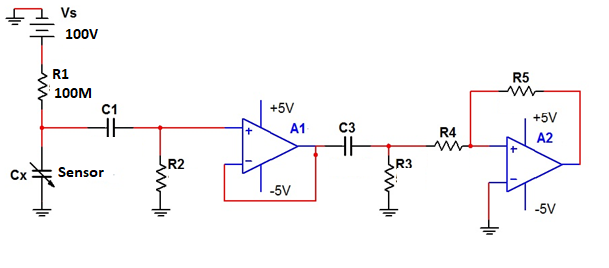Other Parts Discussed in Thread: OPA211-HT, OPA820-HT, OPA2333-HT, THS4521-HT, LMC660, LMP7721, OPA2333, TINA-TI
Hi !!
Need Help to select high temperature opamp having temperature rating >200Deg C as replacement for LMC662
Requirement:
1 ) Need part with Input Resistance > 1T ohm
2) operating Temperature > 200Deg C
2) all other parameters equal or better than LMC662
Regards





